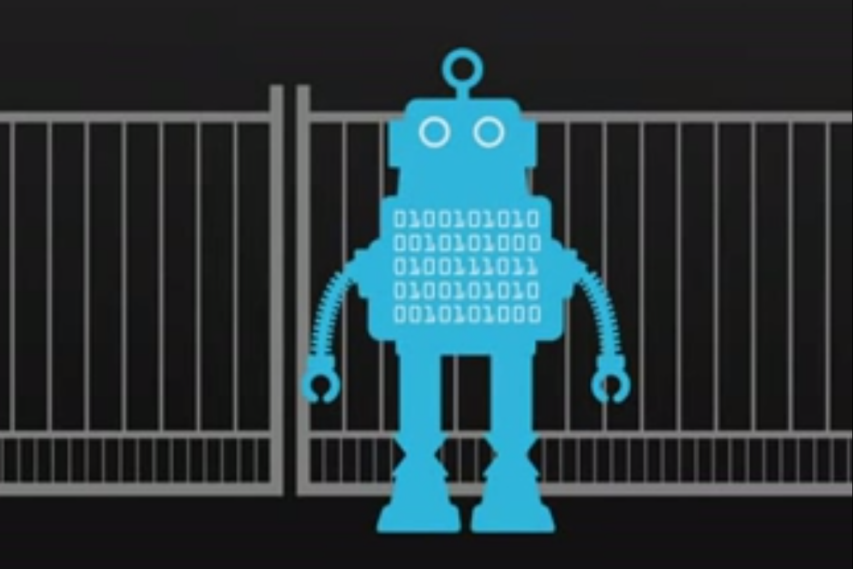The Los Angeles World Affairs Council and the Petersen Automotive Museum collaborated on a day long conference about the future of the automobile. Held at the Petersen museum in May 2018, the conference brought together leading voices from manufacturers, technology companies, urban planners, and regulatory agencies for a day-long discussion about the ongoing shift in transportation technologies.
The format was a series of 50 minute panels throughout the day. Some overlapped and I had to choose between either Ethics & Regulations or AV Technology and Design. Another choice I had to make was LA City Planners Design AV’s Future or Future of Trucking. The topics were broad and I found myself staying for half of one panel and leaving if the speakers were too vague and moving on to the other in search of an interesting topic.
The big themes running through the conference were autonomous vehicles, electric vehicles, and ride sharing technologies. During the AV Technology and Design panel one panelist commented that Americans have a innate desire for the joy of driving and taking risks as a barrier to autonomous vehicles and ride sharing. I thought it a funny comment because I’ve read people had the same beliefs when it came to horses back when cars were first being introduced.
Other panelists had more data driven perspectives. One of my favorite panelists, Dakota Semler, CEO of Thor Trucks, had some great hypotheses on why electric trucks will occur faster because of compliance regulations. His point revolved around the last mile (300 miles in the case of a truck) is where trucking companies would see the largest total cost of ownership savings because of the fuel savings.
The LA City Planners panel commented that there is no more room on the road for single driver vehicles. Los Angeles already wins the award for worst traffic in the world so it’s not heard to project a bleak future for drivers. Shifting mindsets to “I just need to get someplace” from “I need a car” changes the dynamics to seeing mobility as a service. After all, do I really want a car or just an easy way to get from point A to B.
The Cutting-Edge Technologies panel touched on upcoming federal regulation mandating vehicle to vehicle connectivity. This would enable cars to identify each others’ location and more proactively notify drivers of upcoming traffic hazards. Greater connectivity between the driving infrastructure and vehicles was also addressed.
The car buff in me was most impressed with Rod Chong‘s discussion about Roboracing, the world’s first competition for human + machine teams, using both self-driving and manually-controlled cars in immersive environments.
I recently spent two weeks traveling Japan. There were only two days during my entire trip where I needed a car. Both times involved long trips driving through the countryside to remote mountains not serviced by public transportation. For the remainder of the trip I used trains and airplanes to get to each location. Tokyo is a maze of public and private trains that move more than 35 million passengers A DAY!!! Imagining life without a car is not hard when we look around the world.
Overall the conference had a few strong speakers while not making a significant statement about the future of the automobile. As the inaugural conference of what was billed as an annual event my hope is that future conferences lay out a bolder vision of the future.


Leave A Comment